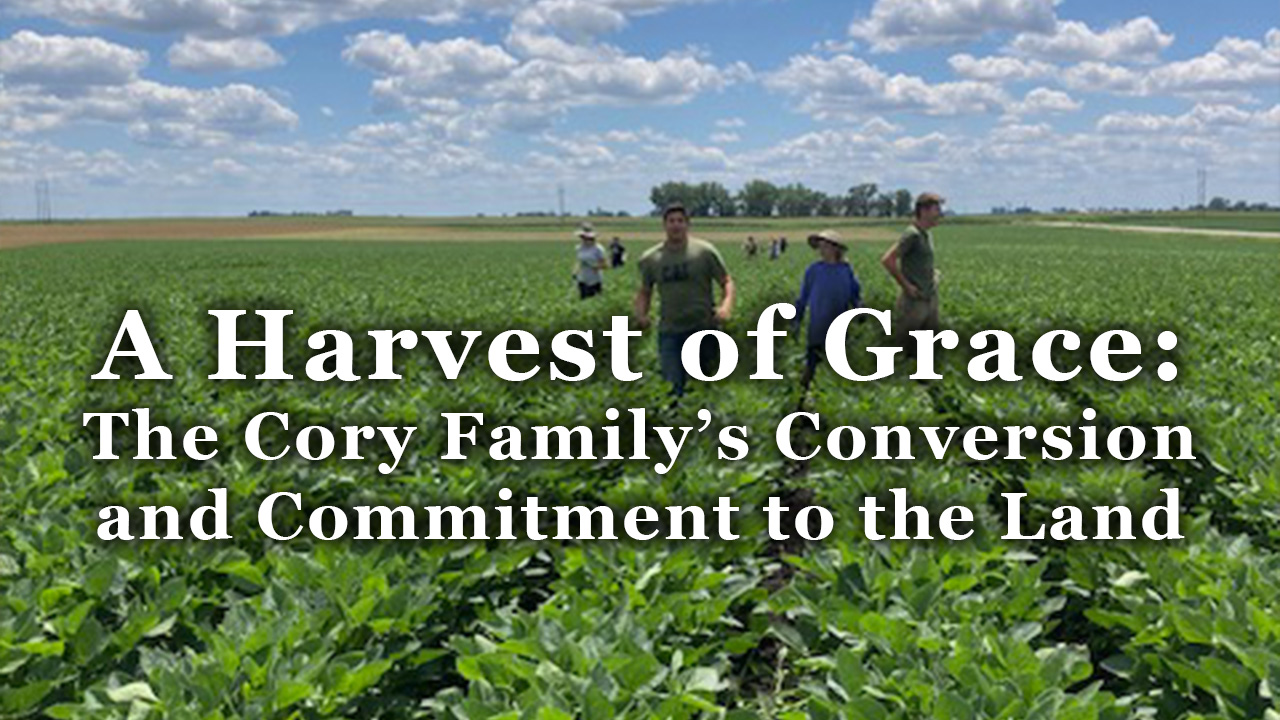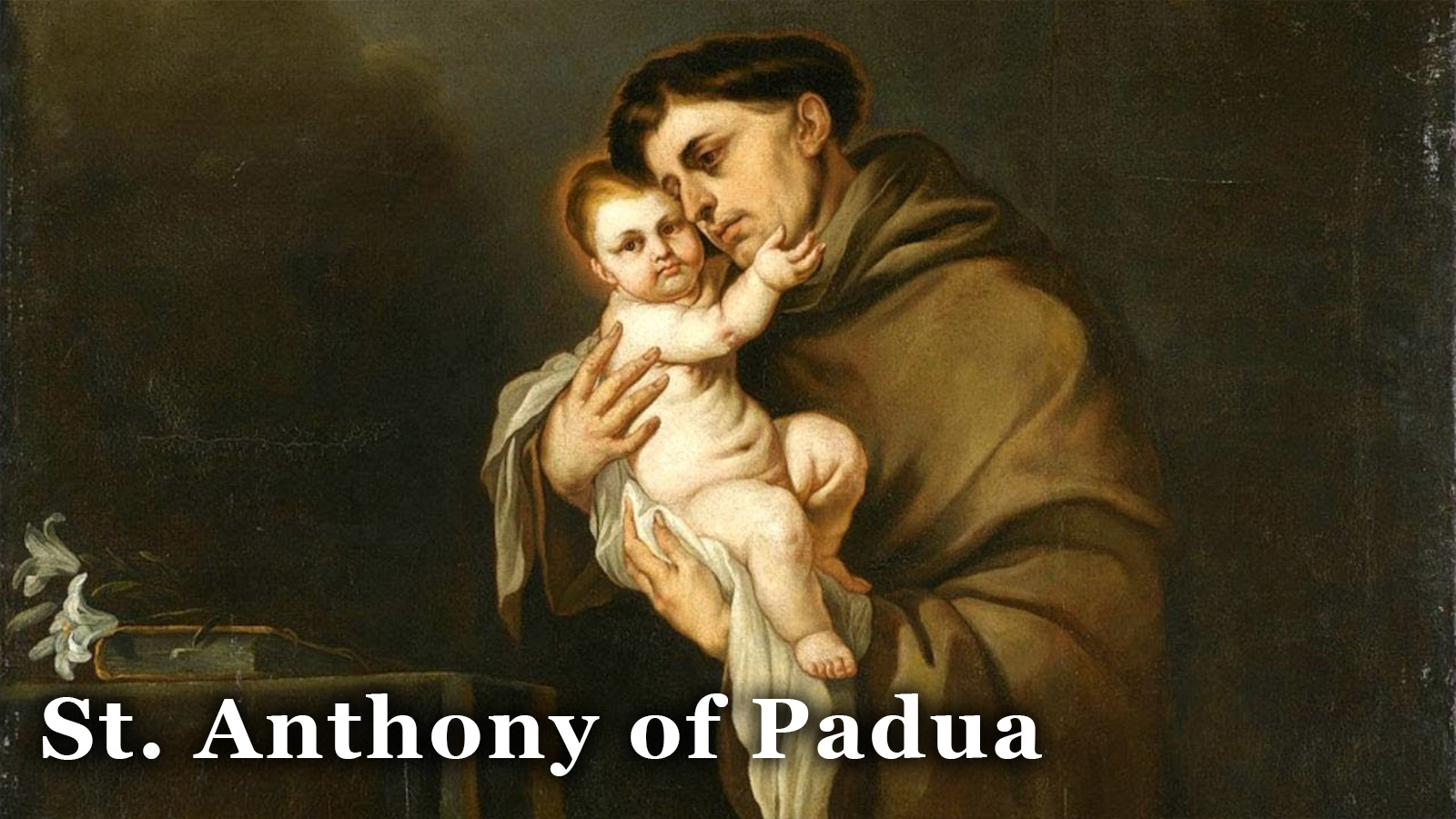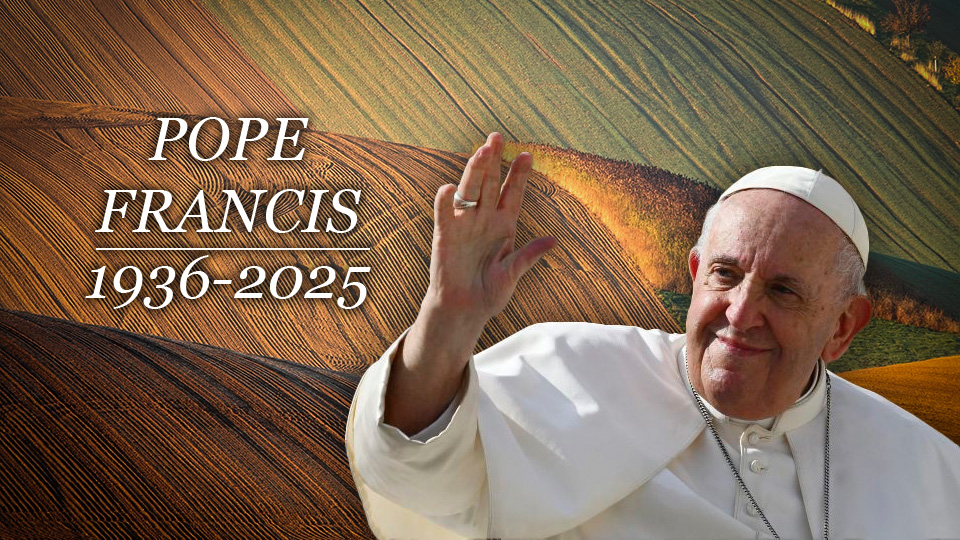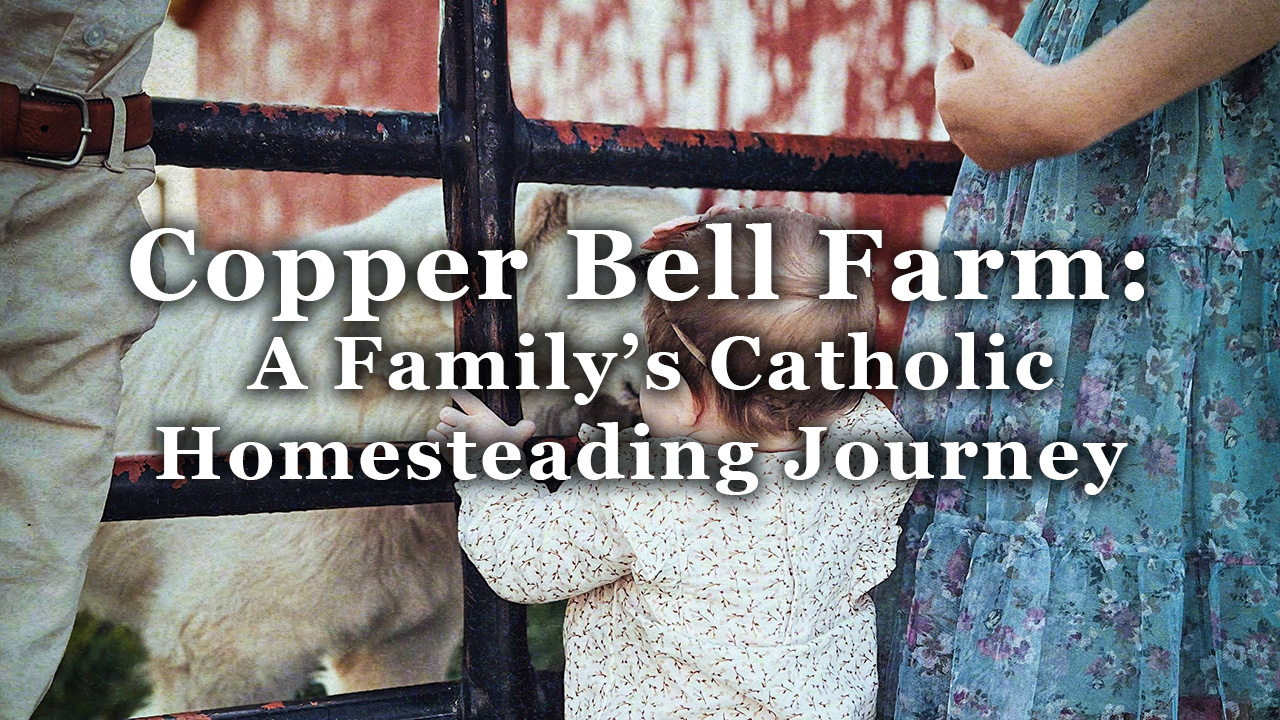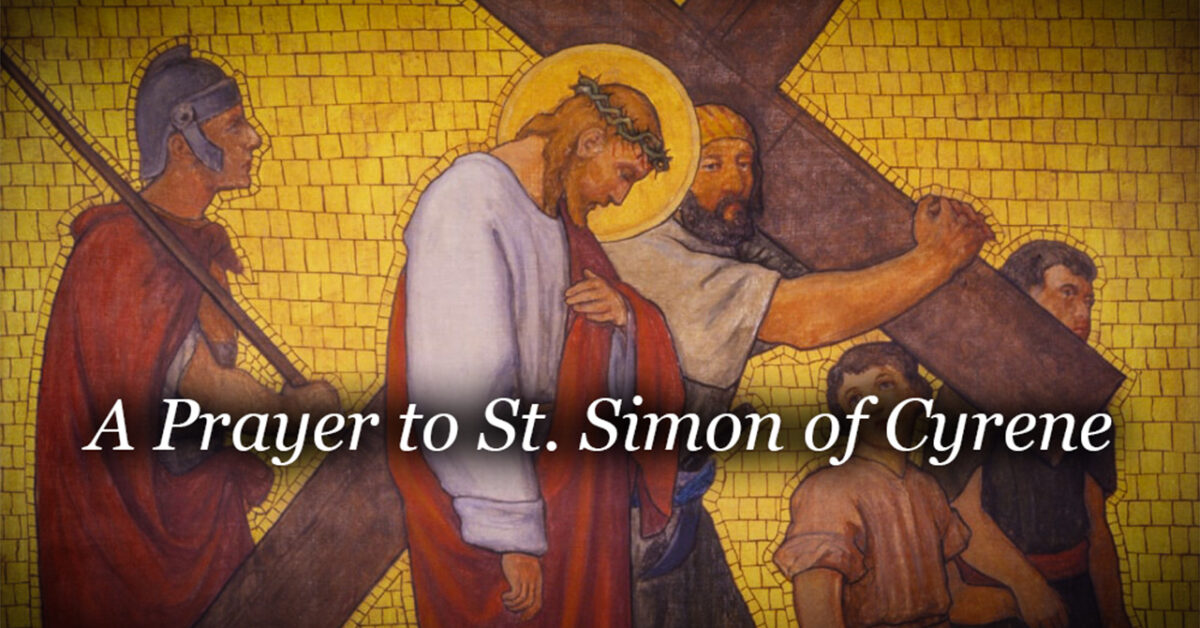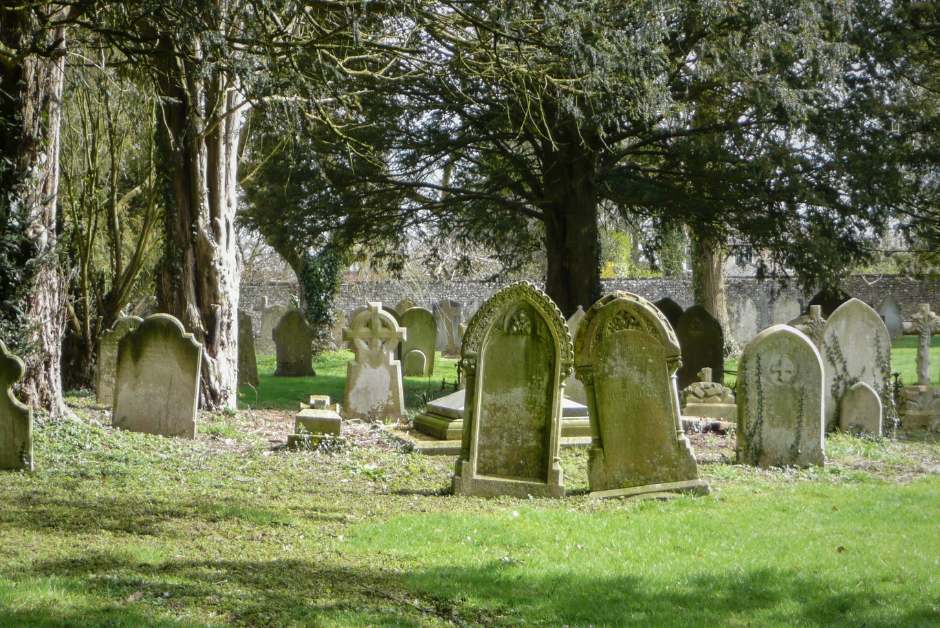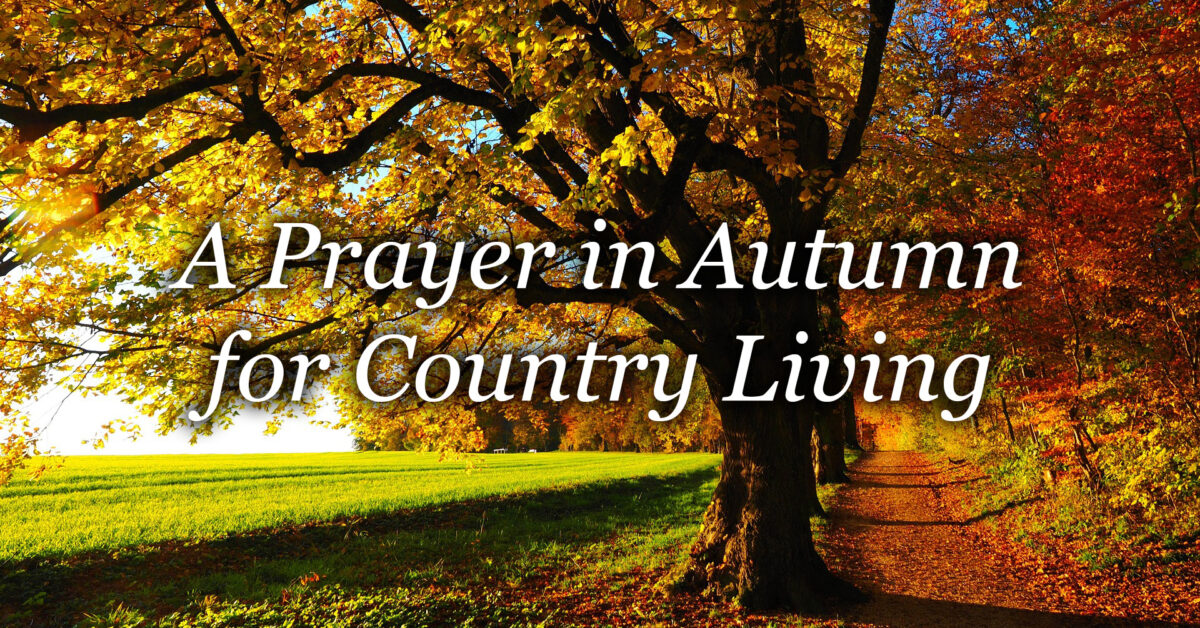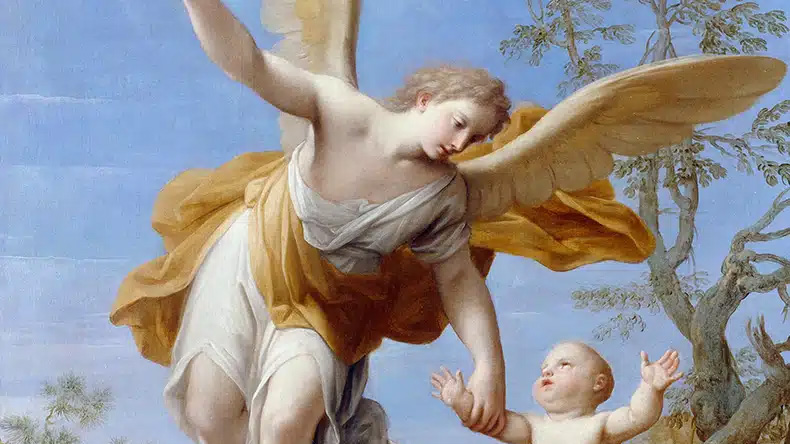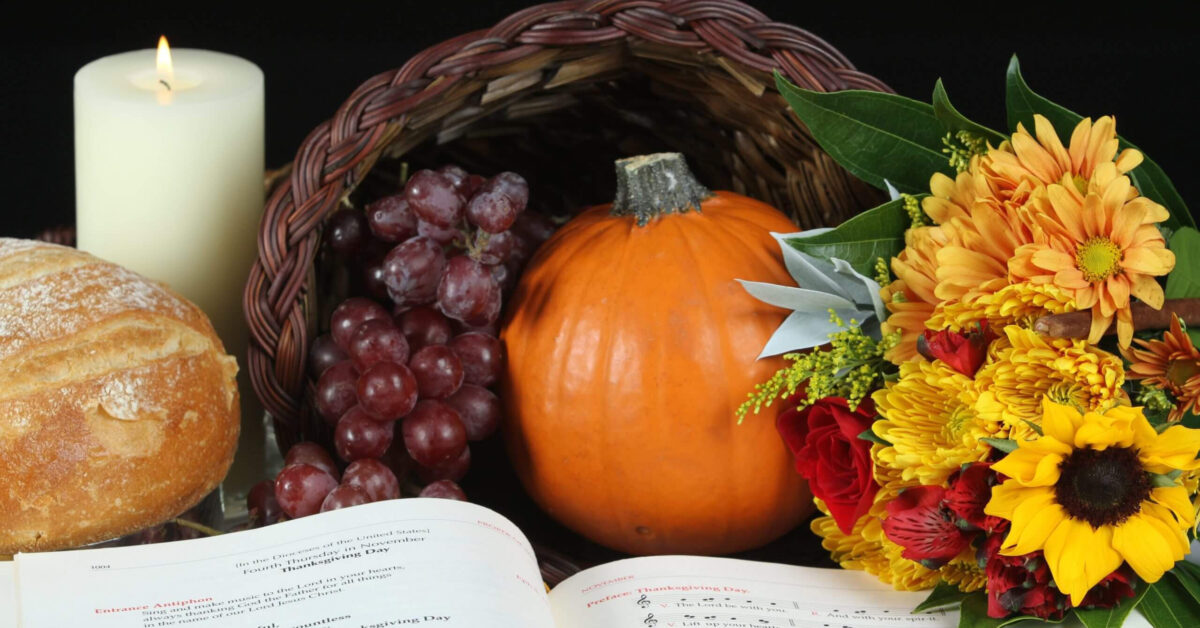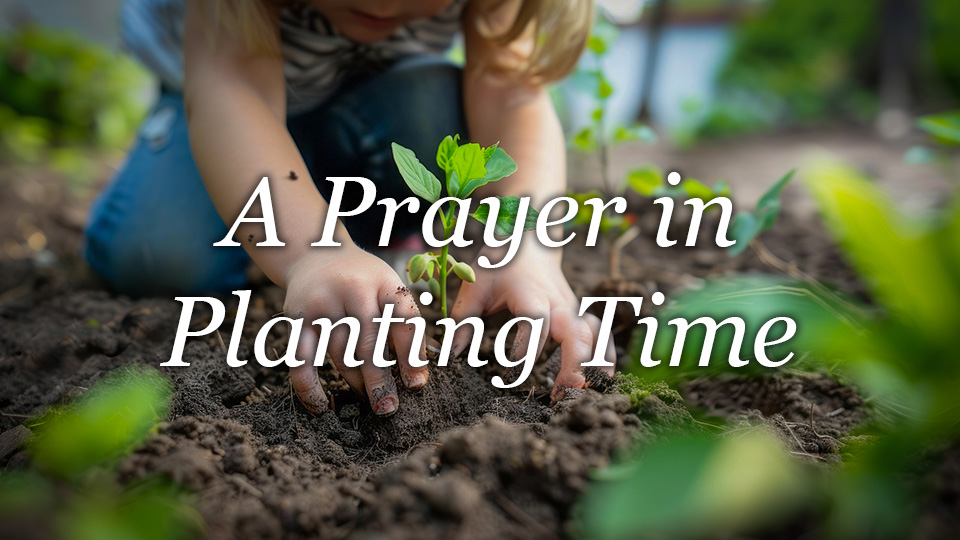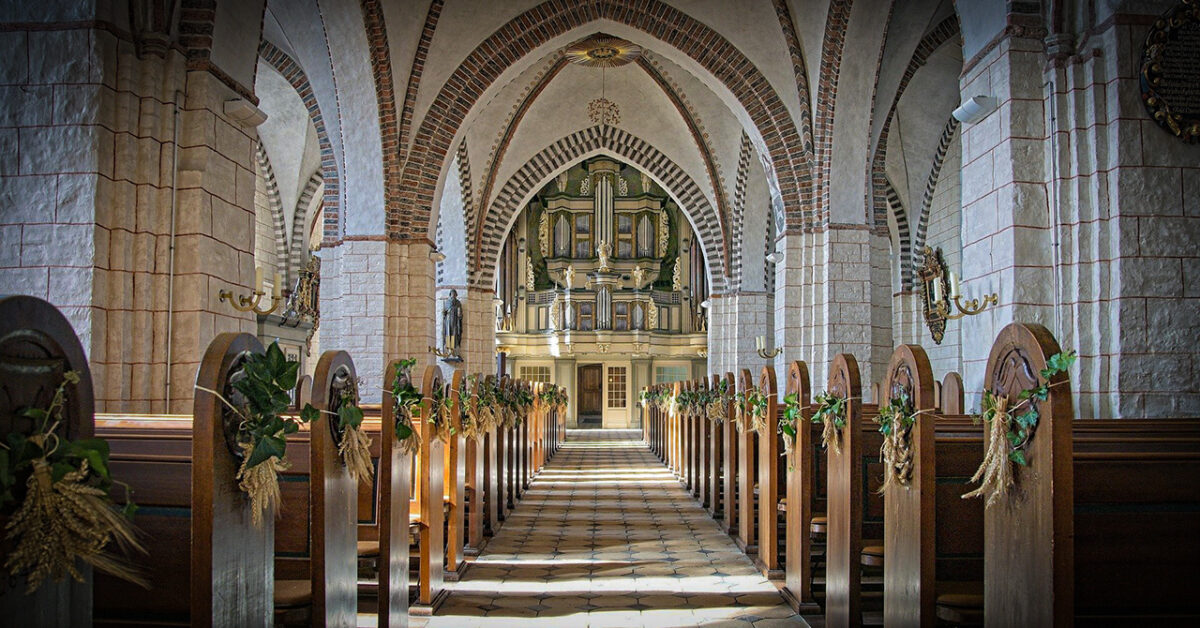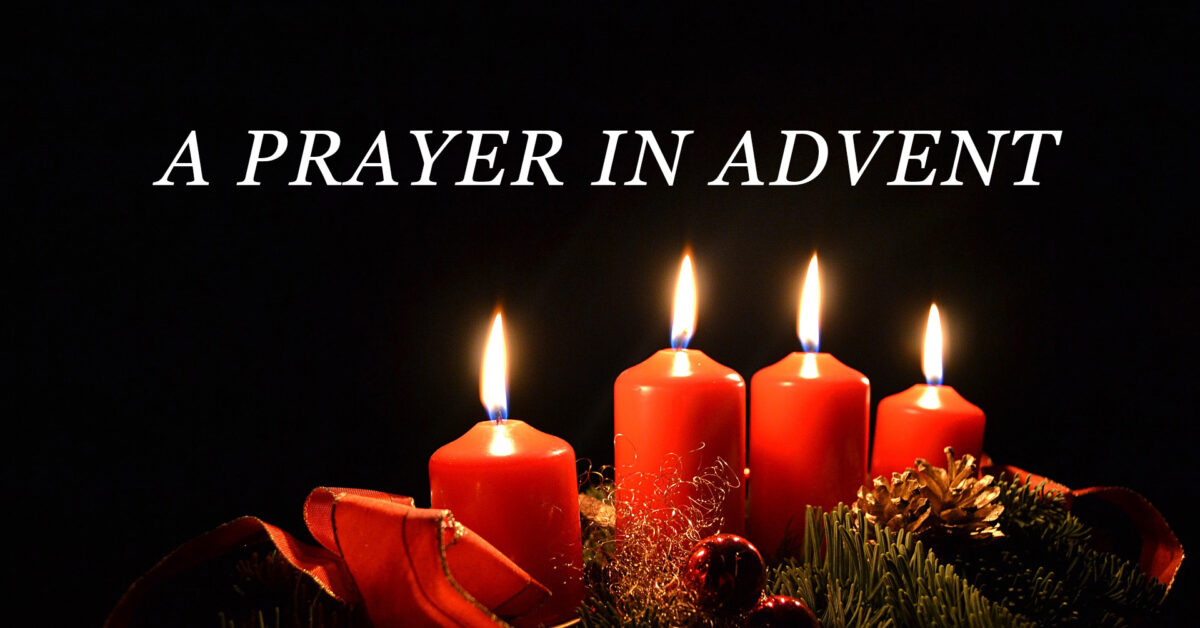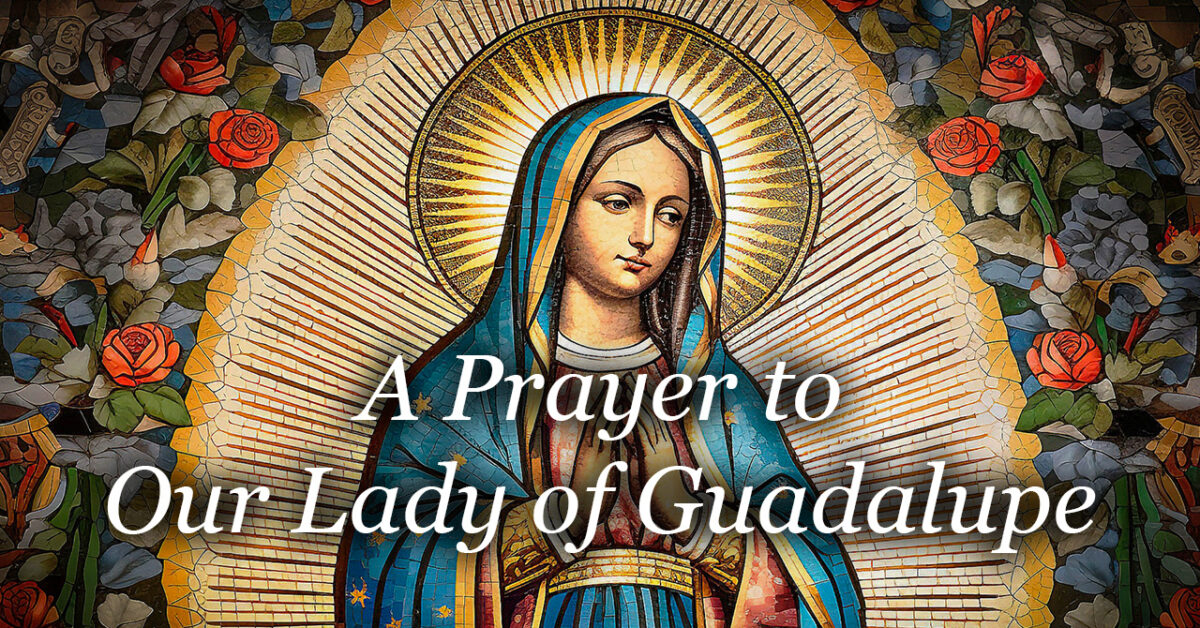 In November 2018, Catholic Rural Life (CRL) celebrated its 95th anniversary. CRL, originally called the National Catholic Rural Life Conference (NCRLC), was founded by Archbishop Edwin O’Hara, who was concerned about the renewal of the Liturgy in Rural America. Already in 1920 he assisted with the “reintroduction of Rogation Days in agrarian parishes” (Some Seed Fell on Good Ground: The Life of Edwin V. O’Hara, by Cardinal Timothy Dolan; CUA Press, 2012). When Bishop James Conley was installed as the Bishop of the Diocese of Lincoln, Neb., he included a significant observation in his homily, “Building a Catholic culture, is the work of tilling the soil.” Quoting a college mentor the bishop continued: “’The restoration of culture, spiritually, morally, physically, demands the cultivation of the soil in which the love of Christ can grow’ and flourish in our hearts, bearing abundant fruit.” Rogation and Ember Day celebrations can assist in the restoration of a Catholic Culture, at least in rural America.
In November 2018, Catholic Rural Life (CRL) celebrated its 95th anniversary. CRL, originally called the National Catholic Rural Life Conference (NCRLC), was founded by Archbishop Edwin O’Hara, who was concerned about the renewal of the Liturgy in Rural America. Already in 1920 he assisted with the “reintroduction of Rogation Days in agrarian parishes” (Some Seed Fell on Good Ground: The Life of Edwin V. O’Hara, by Cardinal Timothy Dolan; CUA Press, 2012). When Bishop James Conley was installed as the Bishop of the Diocese of Lincoln, Neb., he included a significant observation in his homily, “Building a Catholic culture, is the work of tilling the soil.” Quoting a college mentor the bishop continued: “’The restoration of culture, spiritually, morally, physically, demands the cultivation of the soil in which the love of Christ can grow’ and flourish in our hearts, bearing abundant fruit.” Rogation and Ember Day celebrations can assist in the restoration of a Catholic Culture, at least in rural America.
Rogation and Ember Days in the liturgical calendar are days of prayerful petition to God for his mercy and blessings upon all of creation. They are accompanied by fasting, prayer and may include a procession with the chanting of the Litany of the Saints. Traditionally, they have been associated with rural communities; asking for a plentiful harvest, and also for vocations to the priesthood. Before the reform of the Liturgical Calendar of the Second Vatican Council, the Ember Days were often set-aside for the Ordination of Priests. Rogation and Ember Days were of no small significance in the liturgical tradition of the western Church, as collectively they constituted sixteen days of the liturgical year: four Rogation Days and twelve Ember Days. The purpose of this essay is to briefly explore the origin of these special days, their purpose and significance in the Church’s tradition, and the question of their relevance today as the Church launches a “new evangelization.”
The roots of Ember Days stretch back to the Old Testament. The first references to the Ember Days relate to the harvest of corn (grain) in June, grapes in September, and olives in December—typical crops and harvest times in the Mediterranean basin. As was the case of the Rogation Days, the Church “baptized” the pagan festivals and reoriented them to different purposes: they became primarily fasting days. The original three Ember weeks have always included blessings of the seasonal harvest. With the addition of a spring Embertide, the Ember Days became known as the Quatuor Tempora, or “four times” of the year, thus totaling twelve (3 x 4) Ember Days. In Rome, St. Leo began the tradition of ordaining deacons and priests on Sundays. He also promoted the celebration of the Sunday vigil, recognizing that Sunday begins liturgically on Saturday evening. Pope St. Gelasius (d. 496) restricted ordinations to the days of fast, thus beginning the custom, in the Roman Church, of holding ordinations on Ember Saturday night.
After the decline of the Roman Empire, the fifth century was a time of great trial for the Church in Western Europe with the decline of the culture as well a diminished food supply. In addition, Gaul suffered a number of earthquakes and other disasters. Acknowledging the need of divine assistance, St. Mamertus (d. 475), then bishop of Vienne, prescribed public expiation on the three days preceding Ascension Day, during which the faithful were to do penance and walk in procession praying appropriate psalms. This practice initiated the Rogation Days, which would later become part of the Church’s liturgy.
With the liturgical reform of the Second Vatican Council, the celebration of Rogation and Ember Days were left to the national Bishops Conference to implement in a way suitable to their country. However, a particular request of Paul VI, was that the celebration of Rogation Days and Ember Days always include prayers for vocations to the priesthood and religious life. This is in keeping with the tradition that the purpose of the celebrations are not only for a bountiful harvest, but also a petition that “the master of the harvest to send out laborers for his harvest (Luke 10:2).”
Pope Benedict XVI, in his famous address to the Roman Curia on Dec. 22, 2005, distinguished between a “hermeneutic of discontinuity and rupture” and a “hermeneutic of reform” in interpreting and applying the texts of the Second Vatican Council. It might be said that abolition of the Rogation and Ember Days uprooted a very early tradition and could be one example of the hermeneutic of rupture as applied to liturgical reform. It is evident that the principles of asceticism associated with these celebrations would be helpful also in our time.
To implement this form of renewal, it is important to re-examine the catechesis of fasting as a practice of asceticism that could accompany days of prayer and penance for various needs. Fasting is an invitation to love of God and love of neighbor. Jesus taught us that fasting helps overcome temptations (Mt 4:1-11). This would be a necessary part of the revival of Rogation Days and Ember Days in the local churches.
In a culture that tries to diminish the need for faith, prayer, and abiding relationships, Ember Days—with the help of God’s grace—provide Christians a way of halting the flow of time, as it were, and reflecting upon what is real and unreal, what is of lasting importance and what is not, amid the various cares, occupations, and frailties of life. The theology of the ritual of processions finds some basis in the Letter to the Hebrews: “We but pass over the earth, ‘for we have not here a lasting city, but we seek one that is to come’ (Heb. xiii.14).” We recall that we are pilgrims, walking together in humility and charity and—as the usual invitation of the deacon “Procedamus in pace” reminds us—peace. A procession that culminates in the celebration of the Mass realizes the fulfillment of our hope through the enduring presence of the Lord in the Eucharist and recalls that he is always with us on our life’s journey.
Certainly the practices of fasting, penance, petition and processions have not lost their relevance. Each requires the participation, both interior and exterior, of the whole person, body and soul. Could it be that a flawed anthropology had something to do with the virtual abandonment of Ember Days and Rogation Days? Perhaps even more time is needed to reflect on the Second Vatican Council and reclaim its true intentions in order to propose what is most necessary for our contemporary culture. It is our hope to work toward establishing in the Liturgical Calendar of the United States the restoration or Rogation and Ember Days, at least for the rural dioceses of America.
— Sister Esther Mary Nickel, Ph.D., S.L.D., is a Religious Sister of Mercy of Alma, MI. She is the Associate to the Director of the Office of Liturgy for the Diocese of Saginaw, MI. She also served on the Board of Directors for Catholic Rural Life.
[This essay, which originally appeared in the Winter 2013 issue of Catholic Rural Life, was adapted from an article by the author that was published in the Journal Antiphon, 2012, Vol. 16, number 1.]

